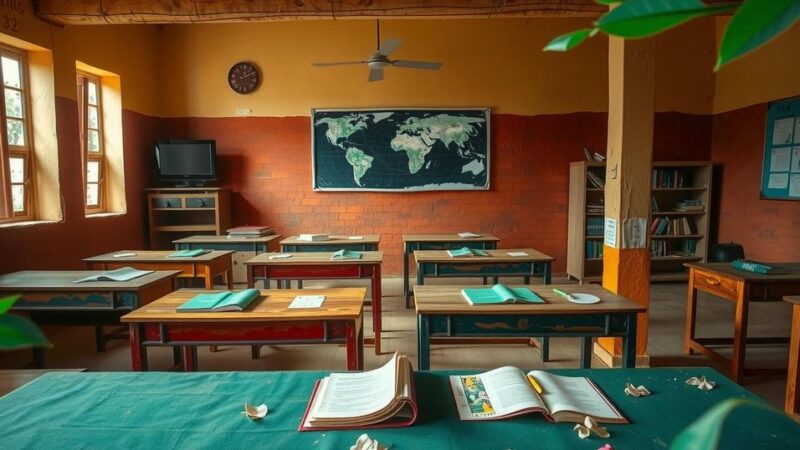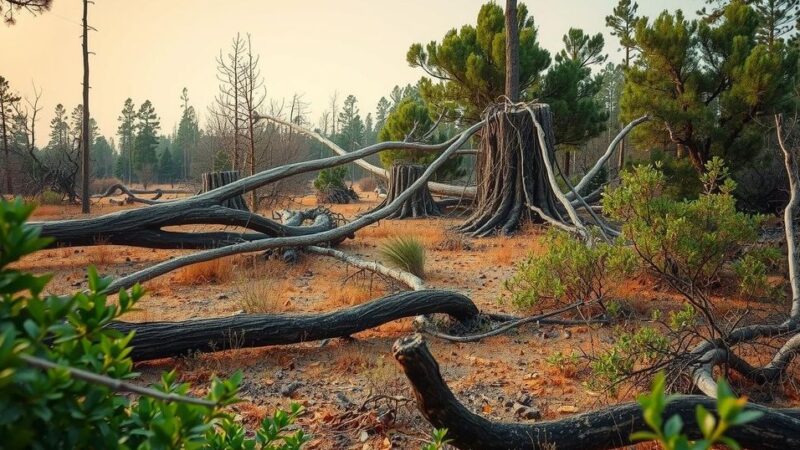Rwanda has created ‘green’ villages to consolidate rural populations into safer, more sustainable settlements post-genocide. Research indicates increased access to services and housing yet highlights economic challenges and food insecurity for relocated families. Continuous evaluation is essential to ensure these villages meet residents’ needs and adapt to climate change.
Rwanda has relocated residents into model ‘green’ villages following the tragic events of the 1994 genocide, allowing individuals to establish homes and engage in farming. These model villages aim to consolidate scattered rural populations, particularly focusing on vulnerable individuals living in high-risk zones susceptible to climate-related threats.
Presently, Rwanda’s population stands at 14.5 million, with approximately 62,000 rural families resettled into 14,815 villages, including 253 classified as model villages. Notably, these ‘green’ villages utilize sustainable energy sources such as solar power and biofuels, alongside features like rainwater harvesting and vegetable terraces to foster environmental responsibility.
Our team conducted an impactful study analyzing the effects of relocating communities from climate-threatened areas. We observed two lake island communities facing flooding, educational, healthcare deficiencies, and security issues due to their proximity to an unprotected border. Evaluating the Rweru Model Green Village, established in 2016, yielded mixed outcomes from interviews conducted with families relocated from the islands.
In conclusion, while Rwandan model villages have significantly improved residents’ access to essential services and shelter, challenges persist. Residents experience alterations in livelihoods, environmental adaptations, and food insecurity following resettlement. Despite promising advantages in quality of life, it is crucial for the government to address these economic and welfare issues to ensure the sustainability of model villages in the future.
Original Source: www.inkl.com






